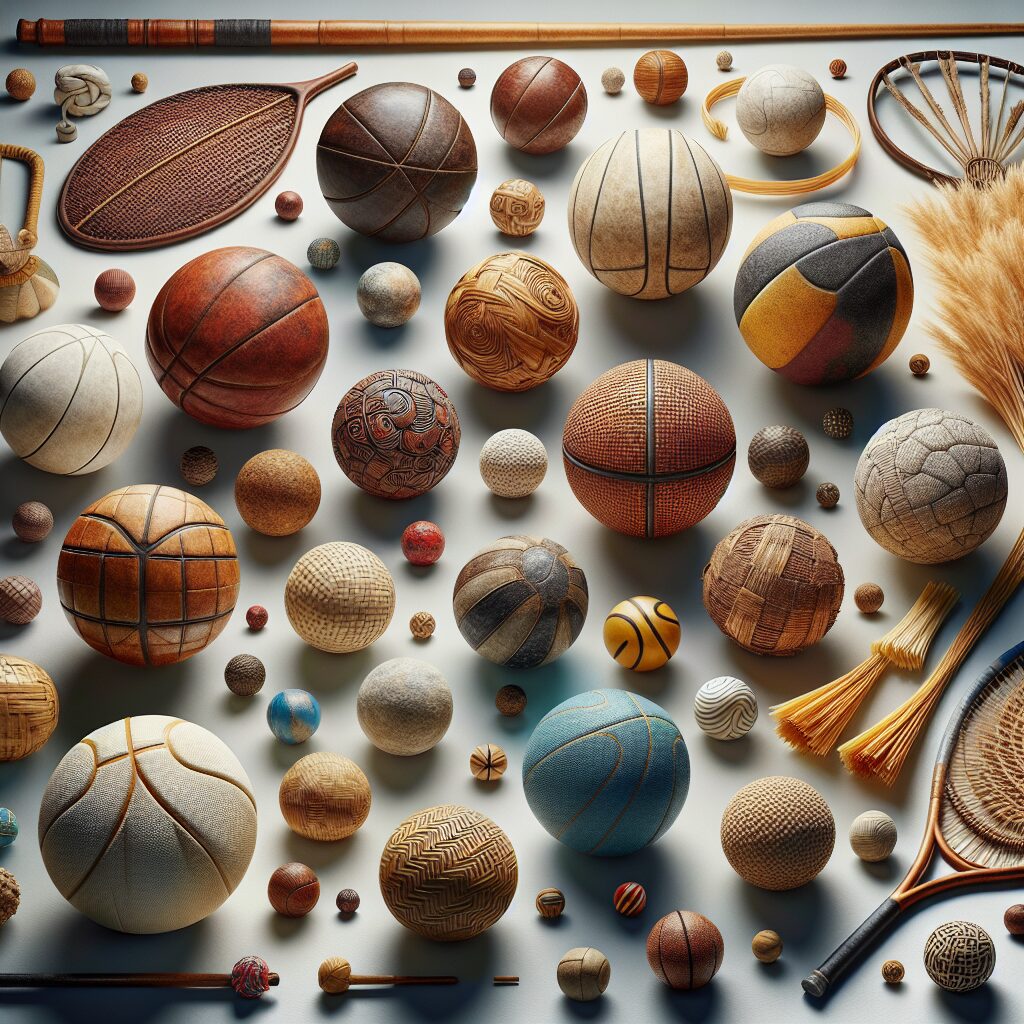A bad ball joint can cause a range of problems for your vehicle, from steering wheel vibrations to uneven tire wear. It is important to be able to recognize when a ball joint is bad so that it can be replaced before any major damage occurs. In this guide, we will discuss how to tell if a ball joint is bad and what signs you should look out for.Signs of a faulty ball joint include uneven tire wear, loud clunking noises, loose steering wheel, and visible grease or oil around the ball joint. Additionally, the vehicle may feel like it is pulling to one side while driving.
How to Check for a Bad Ball Joint
Checking for a bad ball joint is an important part of vehicle maintenance. A bad ball joint can cause significant damage to other parts of the vehicle, such as suspension and steering components. It is important to inspect your ball joints regularly to ensure they are in good condition and functioning properly. Here are some steps you can take to check for a bad ball joint:
1. Visually inspect the ball joint for any signs of wear or damage. Look for any signs of cracking, rust, or other damage that may indicate the ball joint has failed. You may also want to check if there is any play in the ball joint by pushing and pulling on it gently with your hand.
2. Listen for any noises coming from the ball joint while driving over bumps or uneven surfaces. If you hear any clunking or grinding noises coming from the area, this could be a sign that the ball joint has failed and needs to be replaced.
3. Use a pry bar or large screwdriver to check for excessive movement in the joint itself. Place one end of the tool against the body of your vehicle and use it as leverage to push down on the top of the suspension arm near where it connects with the wheel spindle or axle housing. If there is excessive movement present, this could indicate that one or more of your ball joints have failed and need replacing.
4. Have an experienced mechanic inspect your vehicle’s suspension system if you are unsure whether any repairs are needed after performing these checks yourself. A qualified mechanic will be able to identify whether a bad ball joint is present and recommend what repairs may be necessary to correct it safely and effectively.
<
Common Issues Indicating a Bad Ball Joint
A ball joint is an important component of a vehicle’s suspension and steering system. If it fails, the driver may experience a variety of signs and symptoms that indicate it needs to be inspected and replaced. Some of the more common issues that can indicate a bad ball joint include:
Clunking or Popping Noises: One of the most common indicators of a bad ball joint is when the vehicle makes clunking or popping noises when driving over bumps. This noise is caused by the ball joint coming loose or worn out parts in the suspension system.
Uneven Tire Wear: Another sign that can indicate a bad ball joint is uneven tire wear. If one side of the tire is wearing more quickly than the other, it can be an indication that there is an issue with one of the suspension components, such as a bad ball joint.
Steering Wheel Vibration: Another symptom that indicates a bad ball joint is excessive vibration in the steering wheel. If this occurs while driving, it could be an indication that one or more of the suspension components are worn out and need to be replaced.
Excessive Play in Steering Wheel: Finally, another sign of a bad ball joint is excessive play in the steering wheel. If there is too much play in the wheel when turning it, then it could be due to worn out parts in the suspension system, such as a bad ball joint.
Impact of A Faulty Ball Joint on Your Vehicle
A faulty ball joint can have a significant impact on your vehicle’s performance and safety. Ball joints are a critical component of the suspension system, and they are responsible for allowing the wheels to move up and down while still keeping them firmly attached to the car’s frame. If a ball joint breaks or wears out, it can cause all sorts of problems with the suspension, including increased vibrations and poor steering control. In addition, if a ball joint fails completely, it can cause the wheel to detach from the rest of the car, putting you in serious danger.
It is important to regularly check your vehicle’s ball joints for signs of wear and tear. If you notice any unusual noises coming from the suspension system or any difficulty steering, it is best to get it checked by a professional mechanic as soon as possible. Ball joints should be replaced when they become excessively worn or damaged in order to avoid potential accidents or other problems with your car’s performance.
Overall, having a faulty ball joint is not something you should take lightly. Not only does it have an effect on your car’s performance but it can also put you in serious danger if not addressed immediately. Make sure that you regularly inspect your ball joints and never ignore any signs of wear or damage as this could lead to more serious issues down the road.
What to Look For in A Good Ball Joint
When shopping for a ball joint, it is important to look for certain qualities that will ensure a good fit and reliable performance. Quality ball joints should be made from durable materials, have a long service life, and be designed to provide accurate steering control. Here are some things to consider when selecting a ball joint:
Durability – Ball joints should be made from strong materials that will stand up to the wear and tear of everyday use. Look for ball joints with heavy-duty steel or aluminum construction that can handle the stress of regular use.
Service Life – The longer the service life of the ball joint, the better value it will provide. Look for ball joints with a long service life so you don’t have to replace them often.
Accuracy – The accuracy of the ball joint is key when it comes to ensuring proper steering control. Check for precision manufacturing processes and quality materials that will ensure accurate operation over time.
Installation – Make sure that the ball joint you choose is easy to install and compatible with your vehicle’s suspension system. Installation should require minimal effort and no special tools or modifications.
Price – Ball joints come in a variety of prices so it’s important to find one that fits your budget without compromising on quality or performance. Shop around online or visit your local auto parts store to compare prices and find the best deal possible.

Symptoms of Worn or Damaged Ball Joints
Ball joints are an integral component of the suspension system in a vehicle. They allow the suspension to move up and down while keeping the wheels connected to the vehicle. Over time, ball joints can become worn or damaged, leading to a variety of symptoms that can affect the performance and safety of your vehicle. Here are some signs that your ball joints are wearing out and need to be replaced:
1. Excessive Play: If you feel excessive play when you attempt to move your wheels up and down, it could be a sign that your ball joints are worn out. The play should be minimal, so if it feels more than usual, it’s likely an indication that you need new ball joints.
2. Vibrations: If you experience vibrations while driving, it could be a sign that your ball joints are loose or damaged. This is usually accompanied by abnormal noises coming from the suspension system as well.
3. Uneven Tire Wear: When ball joints become worn out, they can cause uneven tire wear due to misalignment of the wheels. This can lead to poor handling and performance issues with your vehicle as well as increased wear on other components such as tires and brakes.
4. Steering Problems: Worn out ball joints can also cause problems with steering performance due to misalignment of the wheels or excessive play in the suspension system. This can make it difficult to keep your car on track while driving at high speeds, so it’s important to get this checked out if you’re experiencing any steering issues.
If you notice any of these symptoms in your vehicle, it’s important to get them checked out by a qualified mechanic as soon as possible. Worn or damaged ball joints can lead to serious safety issues if left unchecked, so don’t take any chances when it comes to this critical component of your vehicle’s suspension system!
Things to Consider Before Replacing a Ball Joint
Replacing a ball joint is an important part of keeping your vehicle in good working order. Ball joints are responsible for connecting the suspension components of your car to the steering knuckle, and they are key in providing a smooth ride. Before replacing a ball joint, it’s important to consider several factors so that you can make sure the job is done correctly.
The first thing to consider when replacing a ball joint is the type of ball joint being used. Depending on your vehicle, there may be different types available, such as press-in or screw-in styles. It’s important to make sure you get the right type for your application in order to ensure optimal performance.
Another factor to consider when replacing a ball joint is the condition of the other components in its vicinity. If any of these parts are worn or damaged, they should be replaced at the same time as the ball joint. This will reduce the risk of premature failure and help ensure that everything works together properly.
When replacing a ball joint, it’s also important to inspect related components for signs of wear or damage and replace them if necessary. These components include control arms, tie rods, wheel hub assemblies and other suspension parts that could be affected by a faulty ball joint.
Finally, it’s essential that you use high-quality replacement parts when replacing a ball joint. Cheaper aftermarket parts may not fit properly or last as long as genuine OEM components, so it pays to invest in quality from the start.
By taking all these factors into account before replacing a ball joint, you can ensure that your vehicle will perform optimally for years to come and provide you with many miles of worry-free driving enjoyment!
Possible Causes for A Bad Ball Joint
A bad ball joint can cause a variety of issues with your vehicle’s suspension. It is responsible for connecting the control arm to the steering knuckle and allowing for smooth and consistent steering. If it fails, your car will not only be difficult to control, but it can also cause damage to other components of the vehicle. Common causes of a bad ball joint include wear and tear due to age, incorrect installation, or inadequate lubrication.
Wear and tear due to age is one of the most common causes of a bad ball joint. Over time, the metal in the ball joint can become worn down or corroded by road debris and moisture, resulting in an inability to hold the connection between the control arm and steering knuckle. This results in a loose suspension system which can lead to dangerous driving conditions.
Incorrect installation is another potential cause of a bad ball joint. If it is not properly fitted or adjusted, it can cause excessive movement which could lead to instability or loss of control when driving. It is important to ensure that all connections are properly secured before driving your vehicle.
Lastly, inadequate lubrication can also lead to a bad ball joint. Without proper lubrication, the metal parts in the ball joint will become worn down faster than normal, resulting in poor performance and potential failure. It is important that regular maintenance is performed on your vehicle’s suspension system to ensure that all components are properly lubricated and functioning correctly.

Conclusion
In conclusion, bad ball joints can be easily identified by looking for signs of wear and tear, making sure the ball joints move fluidly, and checking the suspension for signs of unevenness or alignment. If any of these symptoms are present, it is likely that the ball joint needs to be replaced. It is important to replace a bad ball joint as soon as possible in order to avoid any further damage to the vehicle.
It is important to remember that a suspension system’s job is to provide an even ride and good handling. If one part of the system (the ball joint) fails, it can cause significant damage and potentially lead to a dangerous situation. Understanding how to tell if a ball joint is bad can be an invaluable skill that will help keep your vehicle safe and reliable on the road.




